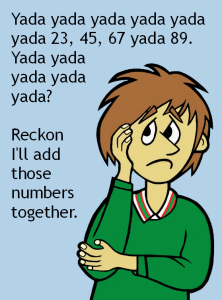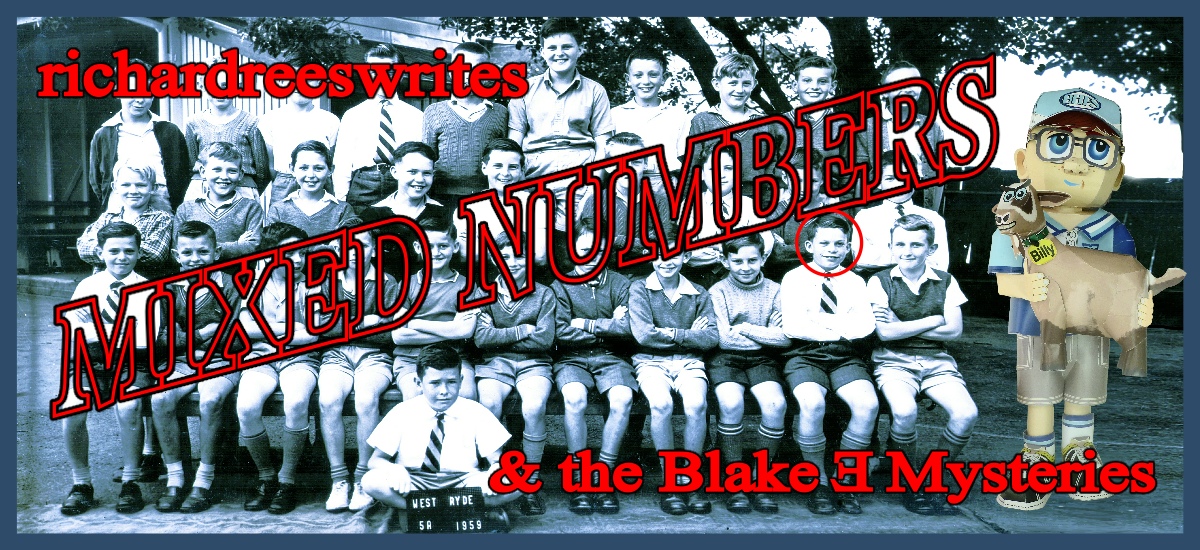BALANCING SQUARES AND CUBES
John ruptured the silence as he leapt to his feet and heaved the chair towards the corner of the room.
Year 7 students enjoy squiggling ancient Egyptian numerals—at least for a short time. It was Hay in the seventies. Ten minutes into my lesson, on early number systems, a sharp knock sounded at the door. An enthusiastic youngster, with a voice reminiscent of a boat horn, stuck her head in the classroom.
“Sir, John’s gotta go to reading”. Like a shaken bottle of lemonade, John exploded. He resented leaving the group to improve his language know-how.
Without basic reading skills, however, other classroom content becomes formidable. Mathematics is no exception. A problem couched in words often belies the simplicity of the sums involved.
I did teach kids with reading difficulties who learnt to decipher the required sum from the presentation of the digits. For example, a question containing a string of numbers might suggest an addition is needed. Alternatively, two numbers, one large and one small could be a division. The problem is, you don’t travel far with these dubious techniques.
But back to John whose demeanour had darkened in a twinkling. He freewheeled from amiable to aggro, tipping his table forward, and sending pens and pencils flying—a tantrum that left us all gobsmacked.
Everybody waited. Nobody said a word.
His dilemma? Being withdrawn from mainstream lessons labelled John as “special”. This had overtones of “different” even “abnormal” and hey, no one wants to be a square in a room of cubes. Additional assistance in the classroom might have proved a suitable alternative.
And John? Having upended both his desk and seat, packed up his belongings and made a hasty exit.
“Then the silence closed upon us”: appropriate sentiments from the pen of Rudyard Kipling. To put it bluntly—silence is not only golden, but a relief.
“Children learn to read by being in the presence of books. The love of knowledge comes with reading …” Horace Mann (1796-1859) American Education Reformer
Notes
- “Then the silence closed upon us,” quoted from the poem, ‘In the Neolithic Age’ by Rudyard Kipling (1865-1936) English short-story writer, poet, and novelist.
- A cube is a Platonic solid named after Plato (428-348BC) although some credit Pythagoras (570-495) with their discovery. It is also called a hexahedron because it is a polyhedron that has 6 (hexa- means 6) faces.
This picture contains six errors. Some are easy to spot, others are more difficult. If you wish to post the mistakes you discover, include them as a comment. The six errors will be posted at the same time as the next story and will be found on the ANSWERS PAGE (Click here).

